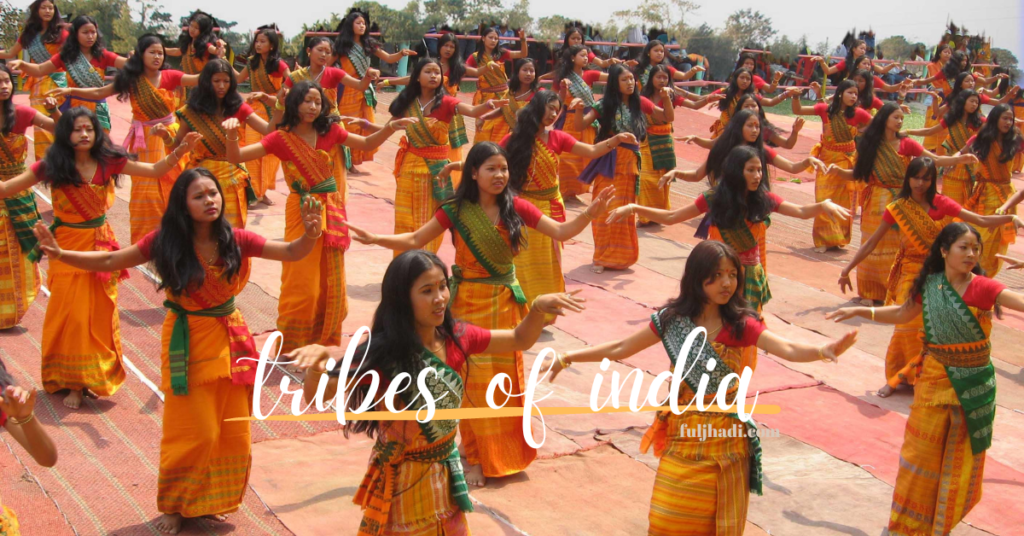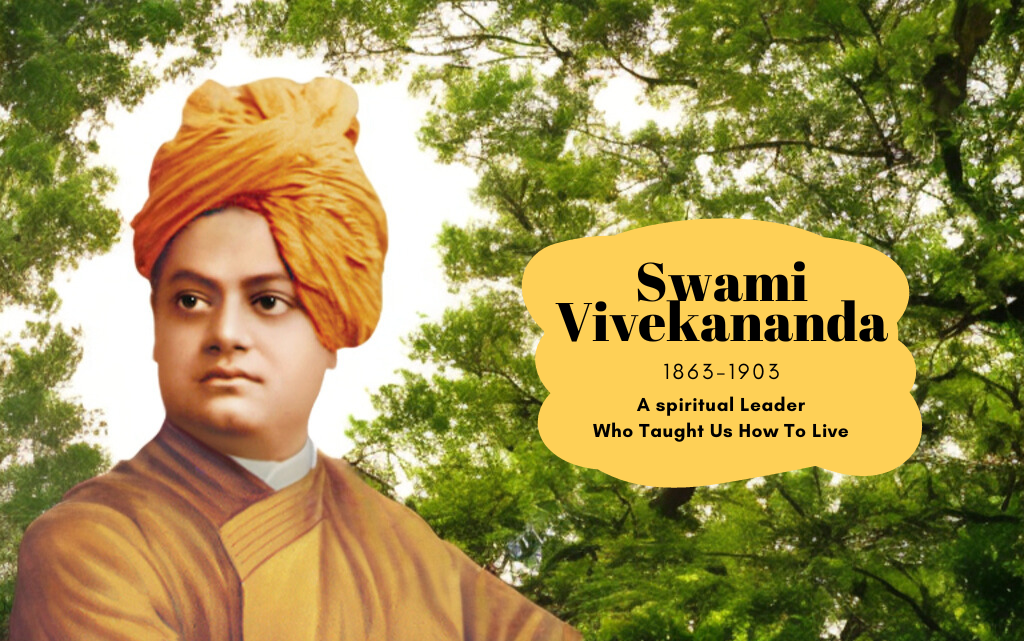India! A living museum of culture and traditions with centuries of history on display. India is home to more than 500 indigenous communities, also known as tribes. These tribes of India have been living here for centuries. They have contributed to the country’s rich cultural heritage. Each tribe has its unique customs and traditions. In contrast to the rapid modernization and urbanization, many of these tribes are still keeping their traditional way of living alive. People also refer to tribal communities as Adivasis, meaning original inhabitants. However, the government of India refers to them as Scheduled Tribes or Janjati. The tribal communities constitute approximately 9% of India’s population as per the 2011 census.

In order to support and protect the rights of these tribal people, The International Day of the World’s Indigenous Peoples or World Tribal Day is observed on the 9th of August each year. The day aims to ensure that their voices receive global recognition. To address their issues like poverty, prejudice, and limited availability of education and healthcare services. This day also acknowledges tribal people’s contribution towards environment conservation and sustainable living.
Let’s explore the unique traditions of some of the tribes of India.
Bhil Tribe – The Bhagoria Festival
The Bhil tribe is among the largest tribes in India. This indigenous community lives mainly in the states of Rajasthan, Gujarat, and Madhya Pradesh. The Bhil people are known for their unique customs and traditions. Their language is a mixture of Hindi and Gujarati. Farming is the main source of their livelihood. The Bhil people are known for their skills in agriculture. They worship various deities and have their unique festivals and rituals.
Bhagoria is one of the most important festivals of the Bhil people. Bhagoria is celebrated in March. During this festival, young men and women choose their partners and elope to get married. The Bhil people are also famous for their unique style of dance called Ghoomar. This dance is performed by women and involves twirling around in circles while wearing colorful skirts.
Gondi Tribe – The Karma Dance
The Gondi or Gond tribe is also one of the largest tribes in India. This tribe is mainly found in the states of Madhya Pradesh, Chhattisgarh, Maharashtra, and Andhra Pradesh. The Gondi people have their own language called Koitur. Koitur is one of the Dravidian languages and about 3 million people speak this language. Gondi people are also primarily farmers. The majority of Gondi people follow their tradition of nature worship. However, their religion is influenced by Brahminic Hinduism.
The Gondi people are known for their Karma Naach or Karma Dance. This folk dance is performed to worship the god of fate(Karam Devta). Gondi people consider Karam Devta as the cause of good and bad fortune. Men and women both perform this dance that involves singing and dancing around a tree.
Santal Tribe – The Lungi Panchi Dance
The Santal or Santhal tribe is native to eastern India and mainly found in the states of Jharkhand, West Bengal. This tribe comes from the ethnic group of Munda and is also found in Odisha, Bihar, and Assam. The Santal people speak Santali which is the language of over six million people in India. The Santal tribe also specializes in agriculture as their main occupation. Among the prime deity of The Santal people are a court of spirits also called Bonga. They are believed to handle different aspects of the world.
The principal festival of the Santal people is Sohrai. Sohrai is a harvest festival and is celebrated in October or November. Many unique styles of dance are associated with the Santal tribe based in different regions. One of them is the Lungi Panchi dance which is the traditional dance style of the Santal tribe of West Bengal. Both men and women participate in the dance. Women dress in a Lungi-Panchi or red-bordered white saree. Likewise, men Santhali dancers dress in dhoti and turban and use props such as tree leaves, flowers, and bushes during the dance.
Munda Tribe – Durang and Susun
The Munda people are mainly found in the Indian states of Jharkhand, West Bengal, Odisha, Tripura, and adjacent areas of Madhya Pradesh. People of this tribe are also found in portions of Bangladesh and Nepal. The Munda people speak Mundari as their native language. The tribe mainly engages in forest product collection, agriculture, small business, and non-agricultural jobs. In recent times, poor economic conditions led them to migrate to urban areas for work. Among the deities of the Munda tribe, Singbonga (sun god) is the main one.
Sarhul is one of the many festivals Munda people celebrate. The festival is celebrated in April for three days. During this festival, the Munda people worship the Sal tree and offer prayers to their ancestors. The festival marks the beginning of the new year. The Munda people have many folk dances for different occasions. They refer to their dance and songs as durang and susun respectively. Some folk dances of the Munda are Jadur, Karam Susun, and Mage Susun.
Khasi Tribe – Ka Pomblang Nongkrem
The Khasi people are native to the state of Meghalaya. Khasi people form the majority of the population of the eastern part of Meghalaya, the Khasi Hills. The Khasi people speak the Khasi language. Khasi is spoken by over one million people in India. The livelihood of the Khasi people revolves around agriculture. The main crops produced are betel leaves, areca nut, oranges, pineapples, plums, litchis, and local varieties of rice and vegetables. The majority of Khasi people started following Christianity after they came in contact with the Britishers. Before that, they followed an indigenous tribal religion called Niam Khasi. Now, the Niam Khasi religion is followed by only around 16% of the tribe.
The principal deity in the Khasi traditional religion is U Blei Nongthaw. U Blei Nongthaw is the supreme creator of the whole universe and is formless. Nongkrem Dance Festival is a significant festival for the Khasi people. The Nongkrem dance festival is generally celebrated in November. It is a five-day-long religious festival of the Khasis, Ka Pomblang Nongkrem dance is popularly known as Nongkrem dance. Similar to all other festivals of the Meghalaya, the Nongkrem Dance Festival is performed to appease the all-powerful Goddess Ka Blei Synshar for a rich bumper harvest and prosperity of the people.
Boro Tribe – The Bagurumba Dnace
The Boro tribe also called the Bodo people are the largest tribes in the Indian state of Assam. The Bodo people primarily speak the Boro language and Assamese as their second language. Boro is also the official language of Assam. The Bodo people are more concentrated in the Bodoland Territorial Region and also have special powers in that region. Boros were known for their skills in shifting cultivation, however in recent times they have become less mobile. Traditionally, Boros practiced Bathouism they worshiped the supreme God, known as Obonglaoree. However, they are classified as Hindus in the constitution.
One of the most important festivals of the Bodo people is Bwisagu. Bwisagu marks the beginning of the year and is celebrated in the month of April. During this festival, the Bodo people offer prayers to their ancestors and perform traditional dances. The Bodo people perform their unique style of dance, which is called Bagurumba. Bagurumba is also called Butterfly-dance due to the resemblance of its movements to that of a butterfly. The music is performed using traditional instruments such as the Kham and the Sifung.
Conclusion
In conclusion, India is filled with many such indigenous tribes but sadly, many are almost on the verge of extinction. The tribes of India are an integral part of the country’s rich cultural heritage. Each tribe has its own unique customs and traditions that have been passed from generation to generation. By learning about different cultures, we can gain a better understanding of the diversity and richness of India. We encourage you to explore more about these tribes and their unique way of life. You can also support these tribes by buying their traditional handicrafts and products.


